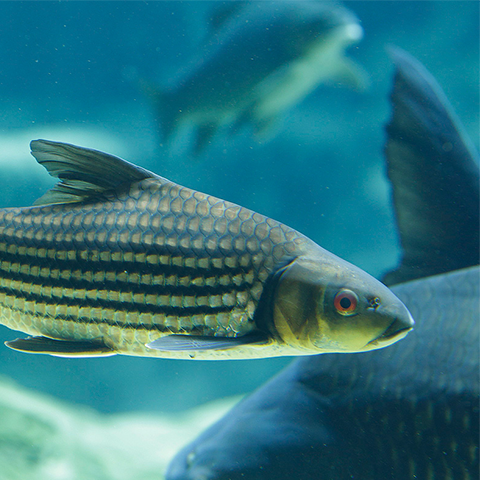Conservation Actions
There are no known conservation actions in place for this species. Research into its population, life history, and threats is needed alongside monitoring of habitat trends and the development of an area-based management plan. Site and habitat protection is also recommended. Public educational programmes should be put in place to raise awareness on the vulnerability of the species due to habitat fragmentation or modification.
Location Information
The species is only known from the peat swamp forest north of Bikang village on the island of Bangka, Indonesia (Kottelat & Ng 1994). It may also occur in surrounding swamp patches, but the area of occupancy is unlikely to exceed 10 km2.Geographic Range
Extant
Indonesia
Population Information
Current population trends are unknown. However, in recent years, the species has been very occasionally seen in the aquarium trade (B.W. Low, pers. obs. 2016). Giam et al. (2012) used species distribution data and past rates of peat swamp forest loss to estimate the probability of this species becoming globally extinct due to habitat loss projected to occur between 2010-2050. The probability of extinction of this species was estimated at 22-97%. This estimate is of the probability that the species will eventually become extinct due to habitat loss and is not the probability that it will be lost by 2050 because there may be an extinction time lag.
Threats
Large-scale conversion of peat swamp forests to industrial-scale forestry, monoculture plantations and tin mines pose a threat to this species (Giam et al. 2012). This fish is also collected for the ornamental fish trade, but the impact of this is unknown.



